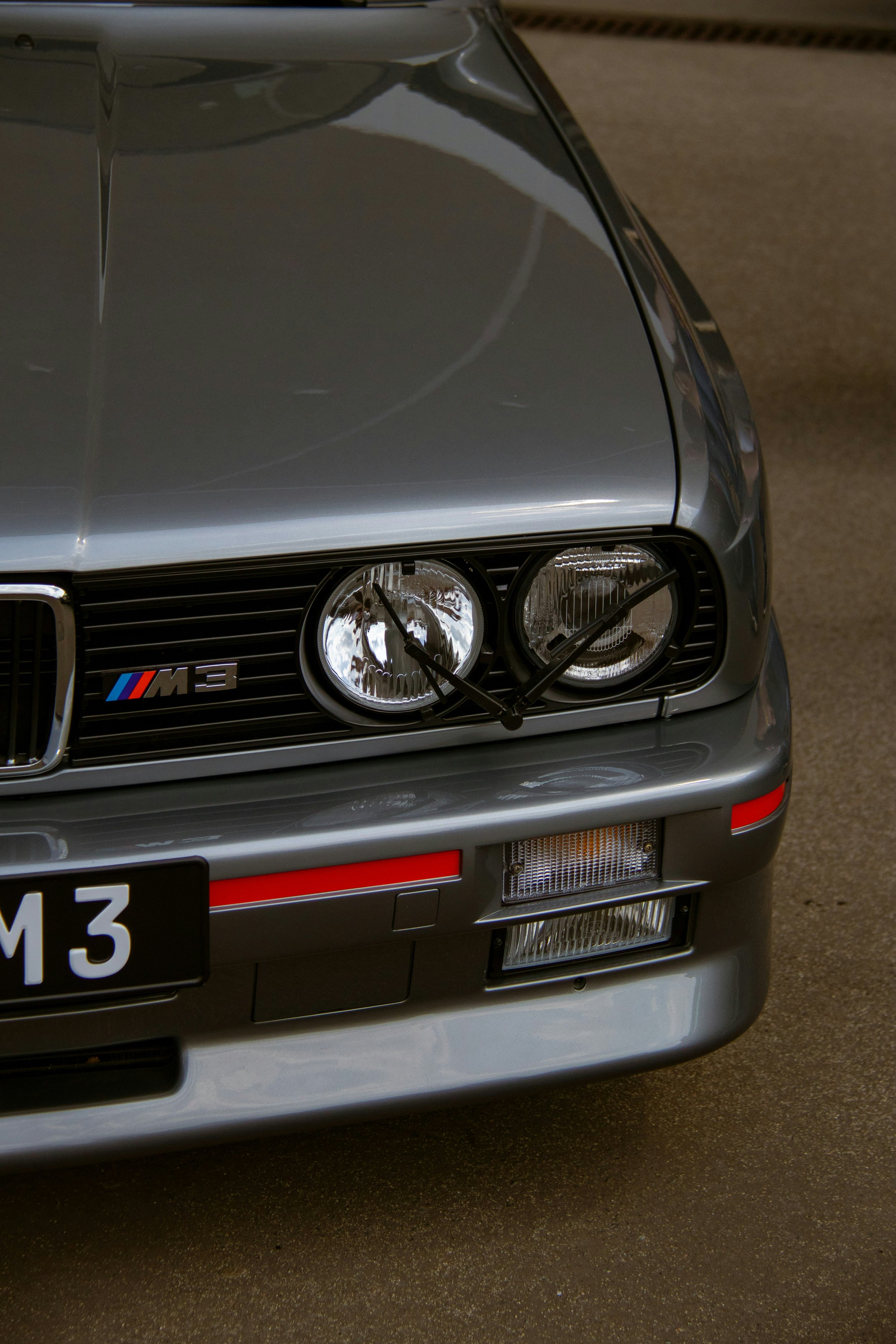
BMW E30 M3: The Iconic Racing Legend that Defined an Era
The BMW E30 M3, produced from 1986 to 1991, is a legendary sports car that has become an icon in automotive history. Originally developed for Group A touring car racing, the E30 M3 features a high-revving 2.3-liter four-cylinder engine (S14) producing up to 238 horsepower in its most powerful versions. Known for its sharp handling, precise steering, and lightweight design, the E30 M3 dominated the racing scene in the late 1980s, earning numerous championships. Its aggressive boxy design, flared fenders, and motorsport heritage have made it a highly sought-after classic, beloved by enthusiasts for its raw driving experience and timeless appeal.
Common Issues and Servicing Points for the E30 M3
1. Engine and Drivetrain Issues
Timing Chain and Tensioner: The S14 engine uses a timing chain, which can stretch over time, and the tensioner may wear out, leading to potential timing issues. If not addressed, this can cause severe engine damage.
Valve Adjustment: The S14 engine requires regular valve adjustments, which can be labor-intensive. Neglecting this can lead to poor engine performance and increased wear.
Oil Leaks: Common areas for oil leaks include the valve cover gasket, oil pan gasket, and front crankshaft seal. These leaks can lead to low oil levels and potential engine damage.
2. Suspension and Steering Components
Control Arm Bushings: The front control arm bushings tend to wear out over time, leading to vague steering and uneven tire wear.
Rear Subframe Bushings: The rear subframe bushings can deteriorate, causing clunking noises and poor rear-end stability.
Shock Absorbers: Worn shock absorbers can lead to a harsh ride and diminished handling performance.
3. Rust and Corrosion
Rust-Prone Areas: Rust can be a significant issue, especially in regions with harsh climates. Common rust-prone areas include the wheel arches, rocker panels, floor pans, and the trunk area.
Battery Tray Corrosion: The battery tray is a known area for corrosion due to battery acid leaks, which can spread to surrounding metal.
4. Transmission and Clutch Issues
Clutch Wear: The clutch can wear out, especially if the car has been driven aggressively, leading to slipping or difficulty engaging gears.
Gearbox Synchros: The manual transmission's synchros can wear out, particularly in higher gears, leading to grinding or difficulty shifting.
5. Electrical Problems
Instrument Cluster Issues: The instrument cluster may develop problems such as dead pixels or malfunctioning gauges, which can affect readability.
Central Locking and Window Regulators: The central locking system and window regulators can fail due to age and wear, leading to issues with door locking and window operation.
6. Cooling System Issues
Radiator and Hoses: The cooling system, particularly the radiator and hoses, can become brittle and develop leaks over time, leading to potential overheating.
Water Pump Failure: The water pump is prone to failure, which can cause overheating if not replaced in a timely manner.
7. Exhaust System Corrosion
Exhaust Manifold Cracks: The exhaust manifold can crack due to heat cycles, leading to exhaust leaks and loss of power.
Exhaust System Rust: The exhaust system, including the muffler and pipes, can rust over time, affecting performance and sound.
8. Interior Wear and Tear
Seat Bolster Wear: The leather seat bolsters, particularly on the driver's side, can wear out due to frequent use.
Headliner Sag: The headliner fabric may sag or detach over time, especially in cars that have been exposed to high heat.
9. Brake System Problems
Warped Rotors: The brake rotors can become warped over time, leading to pulsation during braking and reduced stopping power.
Regular Maintenance is Critical
Given its age and the high-performance nature of the E30 M3, regular maintenance and proactive care are essential to keep it running smoothly. Many enthusiasts address these issues with upgraded or aftermarket parts to ensure the car remains reliable and continues to deliver its legendary driving experience.
